
NATURE OF INDIA 2022

(Balanophora dioica).
^ ^^^
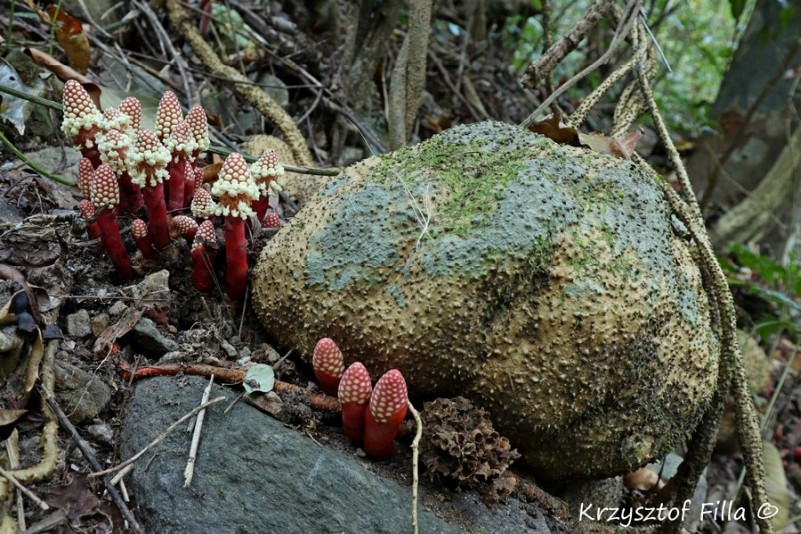
(Balanophora dioica) it is a plant that resembles a mushroom. It grows on the forest floor under shady open places. Native to East India, Bhutan and North East Myanmar. It is a parasitic plant producing no leaves and gaining food from roots of some trees.
^ ^^^
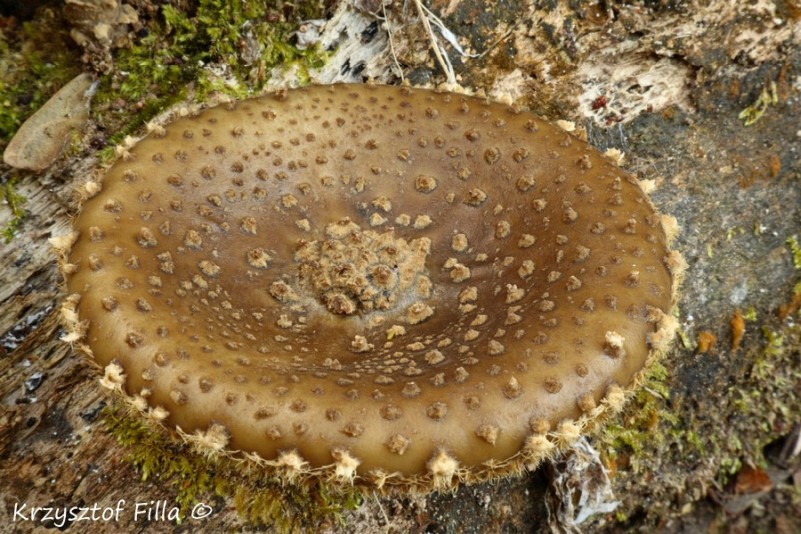
^ ^^^

Nephilia spider.
^ ^^^
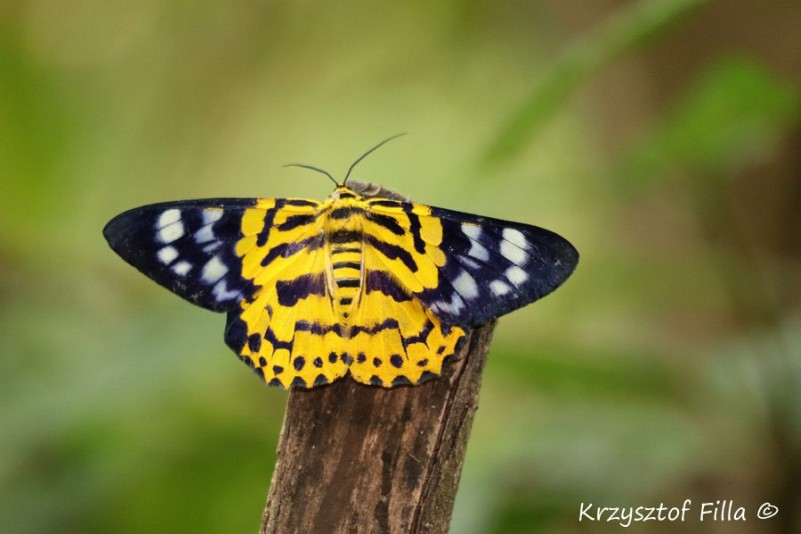
(Dysphania militaris Linnaeus)
^ ^^^
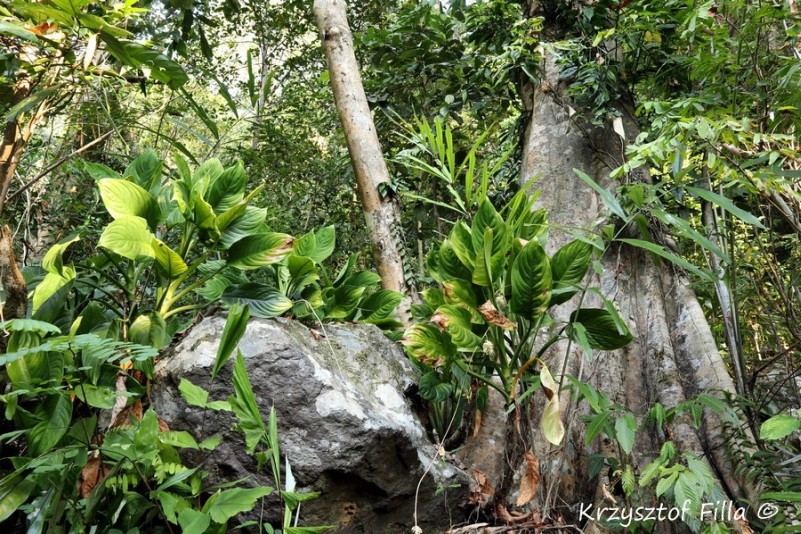
Where the flat plains of Bangladesh end, the Indian state of Meghalaya starts to rise up. The mountain range of Khasi Hills is the first barrier for the monsoon coming from the south. The hills have the title of "the wettest place on earth" with the annual rainfall about 11 000 mm. Having in mind, that the monsoon can last up to 6 months, the amount of rain is comparable with the wettest tropical regions that receive the same amount of rainfall but throughout an entire year. In the year 1861 the region received 9 300 mm of rain throughout the month of July. Just for the reference an average annual rainfall in Poland is about 600 mm.
^ ^^^
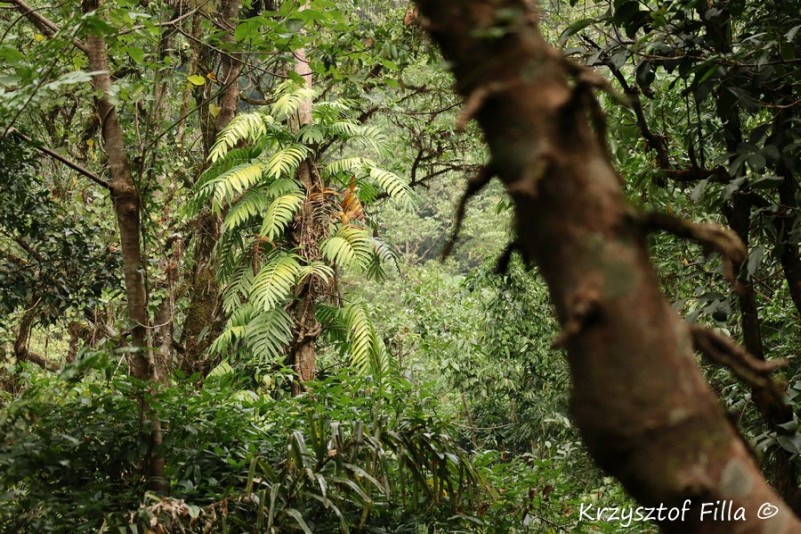
All the precipitation with steady temperatures create very lush and verdant forest.
^ ^^^
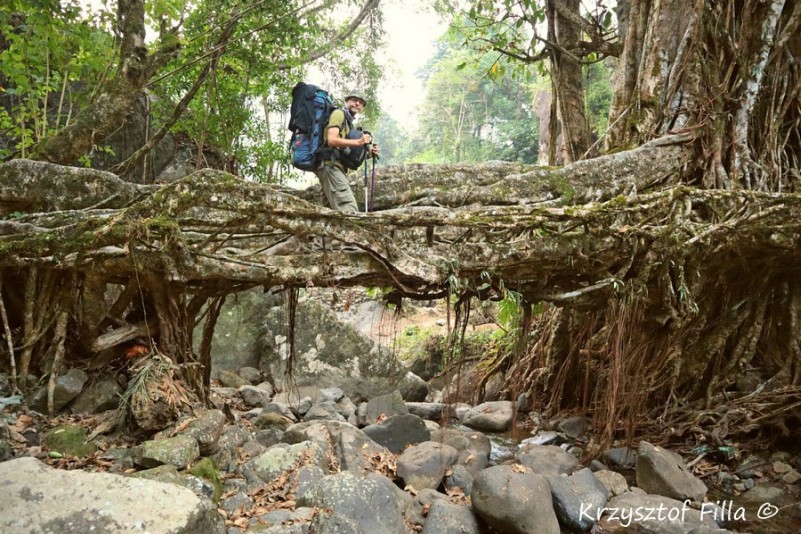
In the Khasi Hills, there are living Khasi people. For centuries they adjust the areal roots of Banyan trees (figs) and create by weaving the root the so called living (root) bridges.
^ ^^^

To build a bridge takes about 15 years but once it is ready to use, it can last for a couple of hundreds years, if well maintained.
^ ^^^
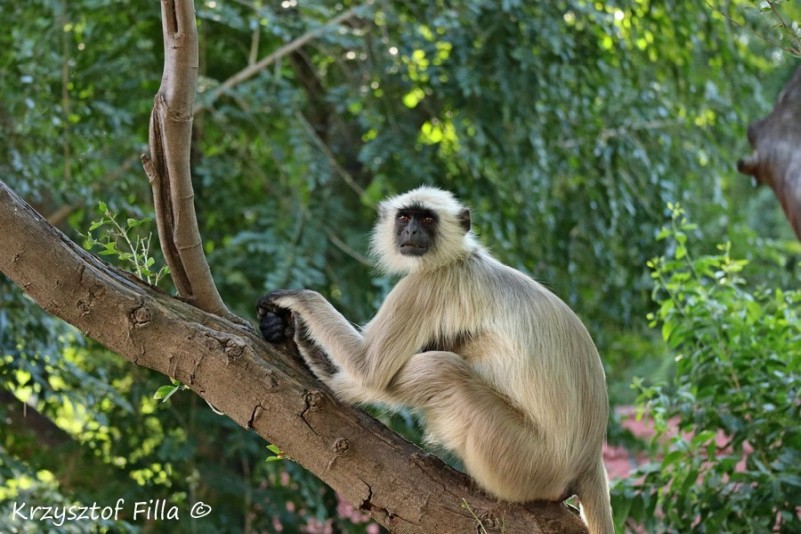
Gray langurs are quite numerous in the Indian subcontinent. They dwell in forests and as well in urban areas, where people provide food for them. For the Hindus they are considered holy. It is believed, they helped overthrow the evil demon Ravana under the command of the god Hanuman.
^ ^^^

Gray langur
^ ^^^

The Indian grey mongoose (Urva edwardsii) is wide spread and protected by the Indian law. They usually dwell in couples in deep burrows. This one I observed and photographed at an old Muslim graveyard. It lived inside graves, which were connected to a whole network of underground passages between graves. They are shy but giving time they maybe quiet inquisitive.
^ ^^^
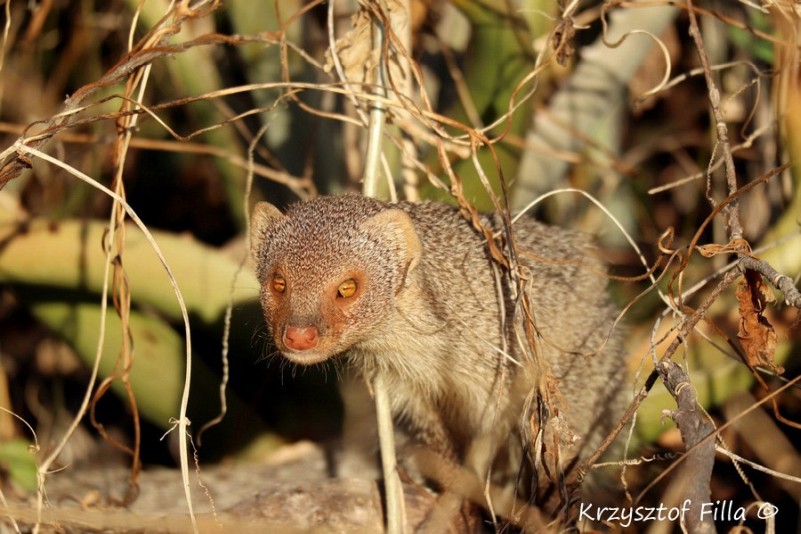
^ ^^^

^ ^^^

^ ^^^
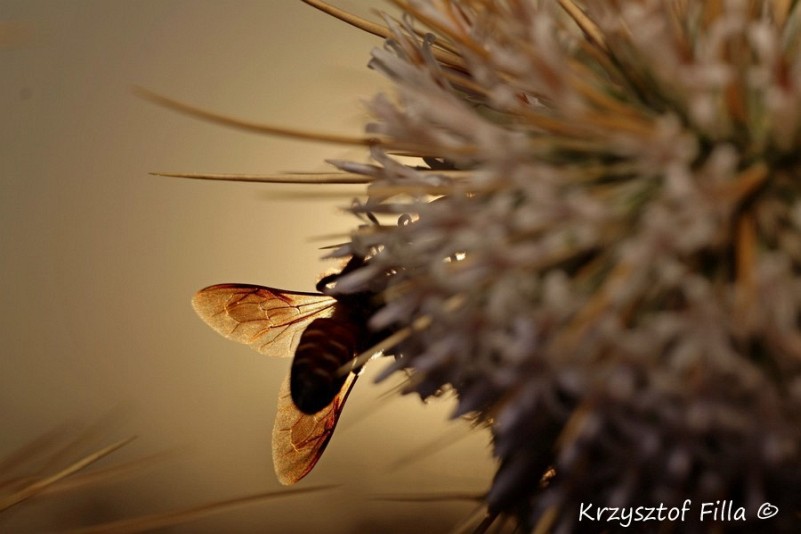
^ ^^^

^ ^^^

The purple sunbird (Cinnyris asiaticus).
^ ^^^
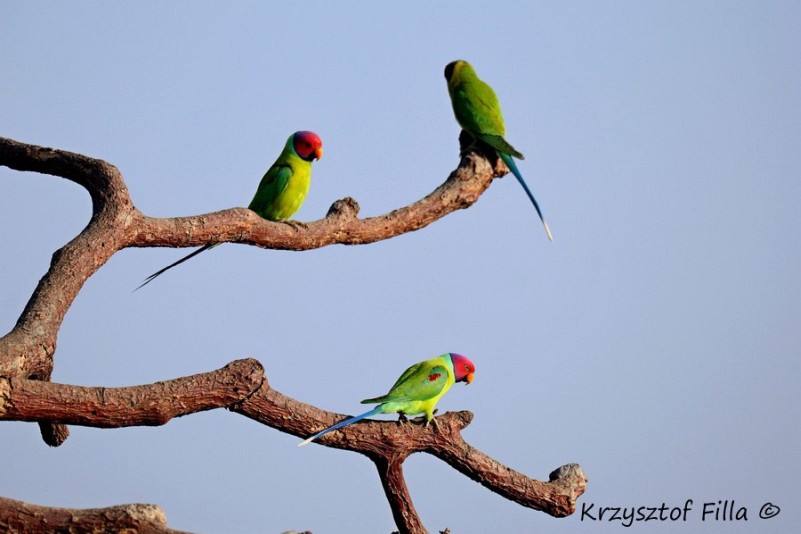
The plum-headed parakeet (Psittacula cyanocephala). This parakeet occurs throughout the Indian subcontinent. The sexual dimorphism is noticeable, males have red heads whereas females have gray.
^ ^^^
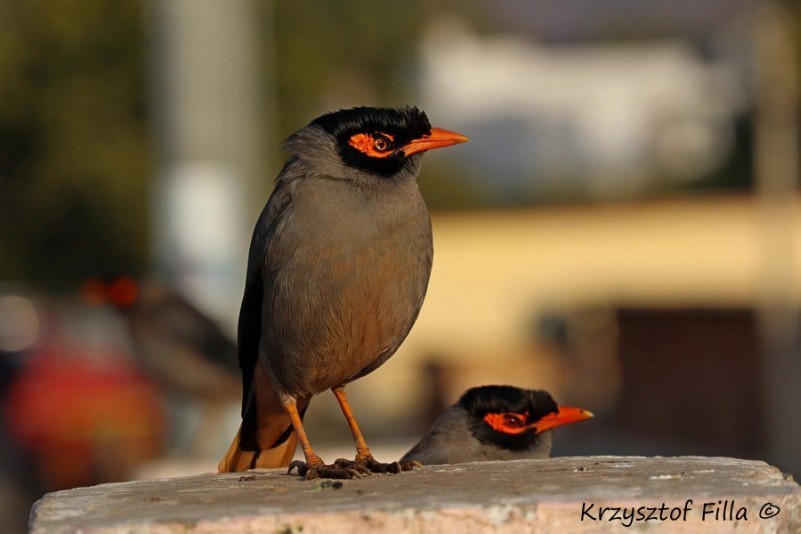
The bank myna (Acridotheres ginginianus).
^ ^^^
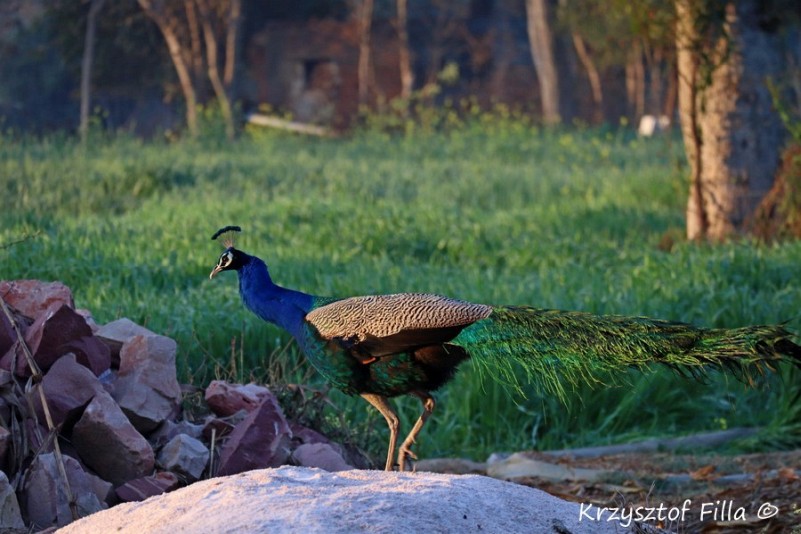
The Indian peafowl male (Pavo cristatus).
^ ^^^

The Indian peafowl female (Pavo cristatus).
^ ^^^
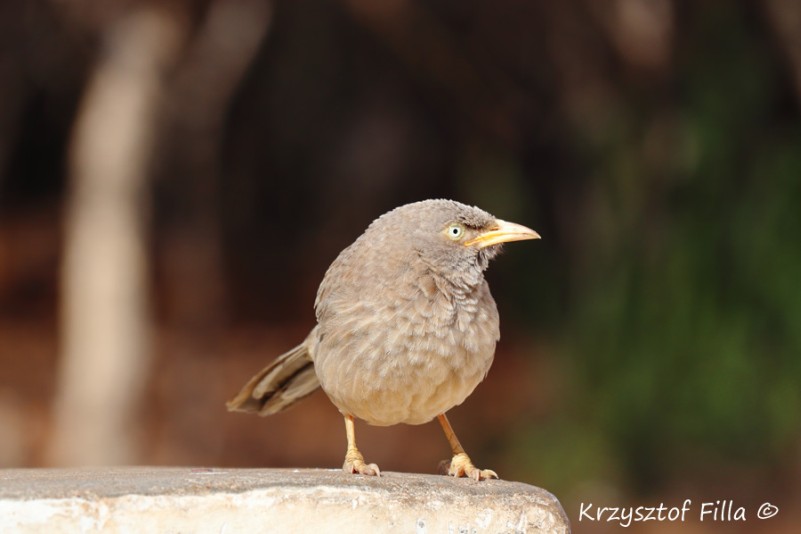
The jungle babbler (Argya striata).
^ ^^^
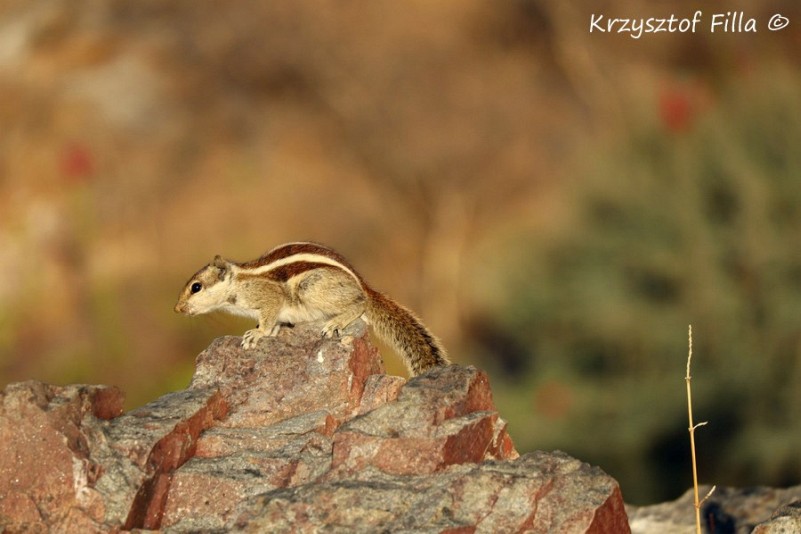
The northern palm squirrel (Funambulus pennantii).
^ ^^^


























